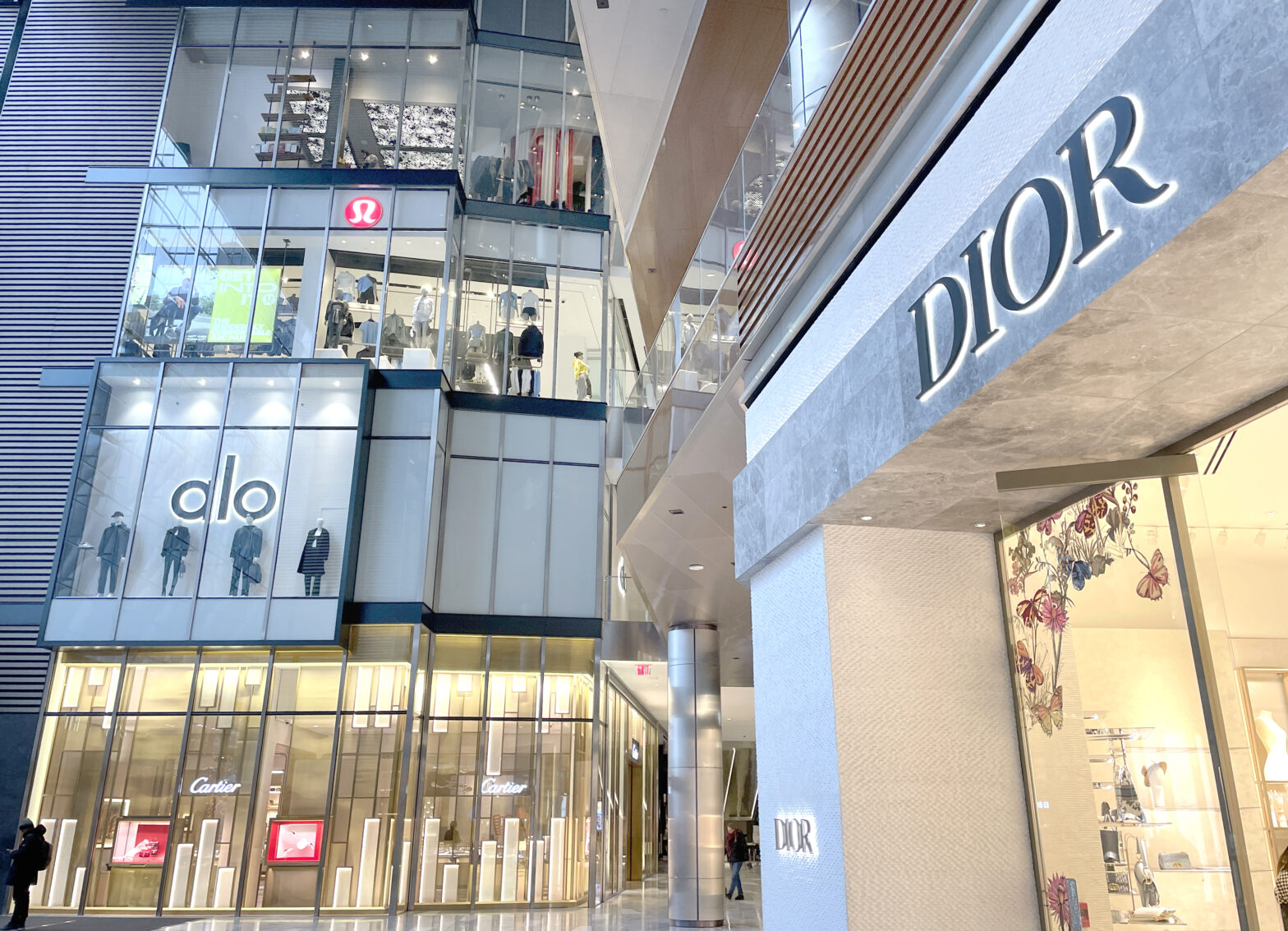Op-Ed: Trump’s Tariffs Rocked Industries Across The Globe, But There’s More To Why Products Are Becoming Less Affordable


Editorial Note: Opinions and thoughts are the author’s own and not those of AFROTECH™.
President Donald Trump’s tariffs have rocked industries across the globe, from manufacturing to fashion and retail. The current crop of tariff policies will do damage to retailers, large and small and one of the retailers that has gotten caught in the crossfire is Nike.
Nike has been an American staple in the world of business and fashion since the company was founded in 1964 by University of Oregon track coach Bill Bowerman and his former student Phil Knight as Blue Ribbon Sports. The company originally started as a distributor for the Japanese shoe brand Tiger (now ASICS) but began making its athletic footwear in 1971 and rebranded as Nike, named after the Greek goddess of victory, as reported by The Street. The iconic “Swoosh” logo was designed by Carolyn Davidson, a student at nearby Portland State University, for just $35 as reported by Reuters and became one of the world’s most recognizable logos. Nike went public in 1980 and grew from a small startup into a globally recognizable brand that revolutionized the relationship between brands and professional athletes. It signed Michael Jordan back in 1984, which led to other brands, athletic and non-athletic, recognizing the power in partnering with the right athlete.
As Nike grew, its manufacturing operations expanded overseas, primarily to countries in Asia such as South Korea, Taiwan, China, Vietnam, and Indonesia. Over time, Nike shifted most of its manufacturing to Vietnam and Indonesia, which can be seen on its manufacturing tracker. However, this global supply chain makes Nike vulnerable to geopolitical tensions and trade policies, including the tariffs being introduced during the Trump administration. Given that Nike primarily manufactures its apparel overseas, any ruptures to the relationship between the United States and Asian countries present real issues for Nike and how it choose to price its products. A question we should ask ourselves is if this vulnerability is specifically a characteristic of Nike’s operations, or does this affect other competitors.
Adidas has faced similar challenges under the Trump-era tariffs. The company was founded in 1949 in Herzogenaurach, Germany, by Adolf “Adi” Dassler, according to its history page, after he and his brother, Rudolf Dassler (founder of Puma), parted ways as co-owners of another shoe company. Adidas is known for its three-stripe logo and gained international prominence through sponsorships with athletes and sports teams like Nike did. Like Nike, adidas has relied heavily on international manufacturing to remain competitive, with the bulk of its production taking place in Asia, particularly in countries like China, Vietnam, and Indonesia, as reported by Niche Sources. In recent years, adidas experimented with reshoring some of its production to Germany and the United States through high-tech “Speedfactories,” but it closed this initiative down in 2019, as reported by CNN, citing scalability issues and cost. Adidas sent the technology instead to factories in China and Vietnam and remains deeply dependent on its Asian supply chain, as does Nike.
Nike as a brand has for the most part been accessible for the everyday person, but if you have been paying attention, it has been raising its prices slowly but surely over time. Air Force 1s, which once sold for around $90 when I was growing up now cost over $115. Nike T-shirts and hoodies have seen price hikes as well with prices that were once under $30 now priced at $40 or more depending on what you are buying.
What could be happening with Nike is that given the rise of fast fashion it is looking to use price to position itself as a more premium brand. Jordan shoes have always been positioned as a premium brand since the first pair retailed at $65 in 1985, according to Foot Locker’s history page, and now they can retail at $120-$250 depending on the shoe. What it looks like to me is that when you position your product as premium there is no limit to how high you will increase prices.
When you are increasing your prices on consumers, the quality, styles, and consumer satisfaction should increase with it, but for Nike that has not been the case. The biggest gripes people have with Nike is that it has not done anything truly new in years and has been relying on retro releases and nostalgia to move the business forward. In an era where everything feels like something you have felt before, we should expect companies to bring us something that feels fresh.
Even in the world of fast fashion where the price is the value proposition, price increases due to tariffs are coming there as well. As reported by Fortune magazine, China-owned Shein is set to increase its prices by as much as 377% due to tariffs.
Prices have been on the rise in the world of fashion due to a mix of choices by companies, changing tastes of consumers, and potential changes in the way that pieces are made in the first place. This is why if you see something you like now, you may want to consider buying it because who knows what price it will be the next time you see it.




